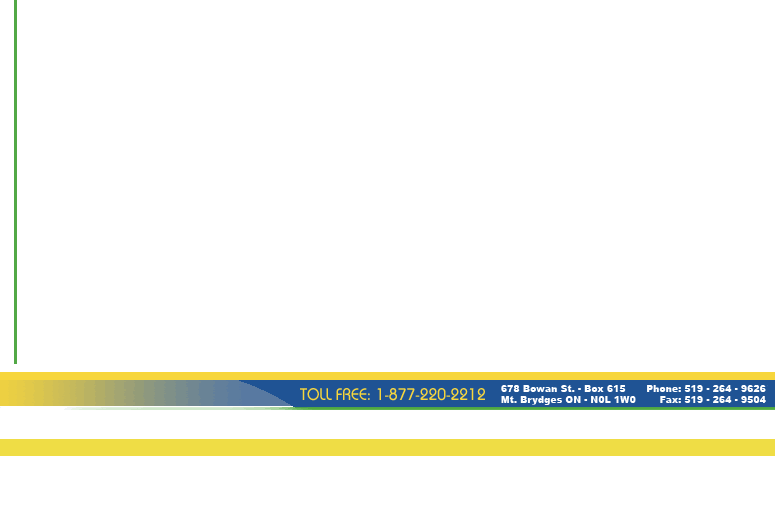Maximum
Swine
Marketing Ltd. Newsletter
Hog Commentary for
April 26th, 2005
Hog
Markets
Overall demand for pork has decreased over the past three months
due in part by improving poultry supply, a small appreciation
of the US dollar and a general increase to total pork availability
versus last year. These three factors can be quantified in the
recent devaluation of the summer lean hog contracts. Although
futures for Jun and Jul have been reduced contracts for the
last three months of 2005 remain near contract highs.
Cash prices remained steady for another week limited by the
value of pork and the lack of profitable margins for US processors.
Weekly slaughter dropped 1.2% and may continue to see seasonal
declines as packers report kill cutbacks. Although prices have
been limited with upside the current cash hog price remains
near the top for this time of year, only below 1997 and 2004
when calculated at a national level.
Feed
Markets
Soybean and soymeal futures moved significantly higher over
this past week based mainly on technical trading and speculative
buying. May soymeal futures closed at $200.00 US per short ton,
the highest close in over a month. Cool wet weather throughout
the US Midwest has triggered concerns about planting delays
after the very quick start to the season. As seeding progresses,
the risk premiums that are being built into the market should
decrease if planting goes smoothly. Aside from the minor seeding
delays there has been very little fundamental news in the soy
market over the past few weeks. As a result of this, fund activity
and technical trading has played a larger role in moving prices.
The weekly price change was dominated by one day of significantly
higher futures along side three steady days. What had been terrific
planting weather up until a week ago has since turned around
and has been quite cool and wet across most of the US Midwest.
Planting has been reported at 30% which is behind last year’s
record pace of 35% but still well ahead of the five year average
of 22%. Planting needs to reach 50-60% by the first week of
May to historically ensure trend line yield potential. If growers
continue to experience delays over the next two weeks there
is the potential that acres will be taken out of corn and put
into other crops such as soybeans. Export demand has been slightly
firmer, but the next two weeks of planting will continue to
be the focus of the market.

